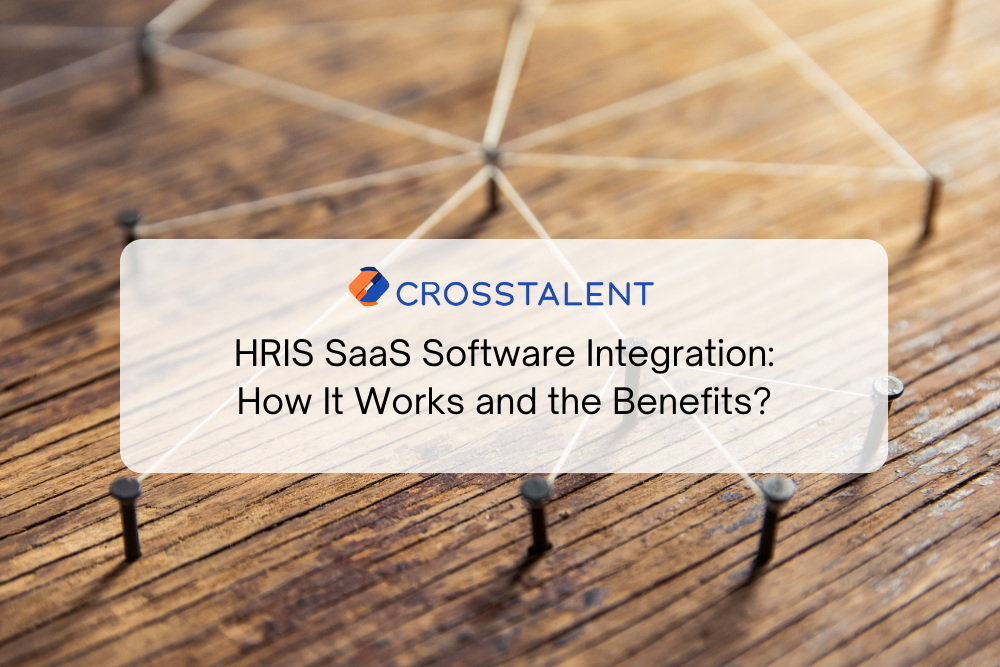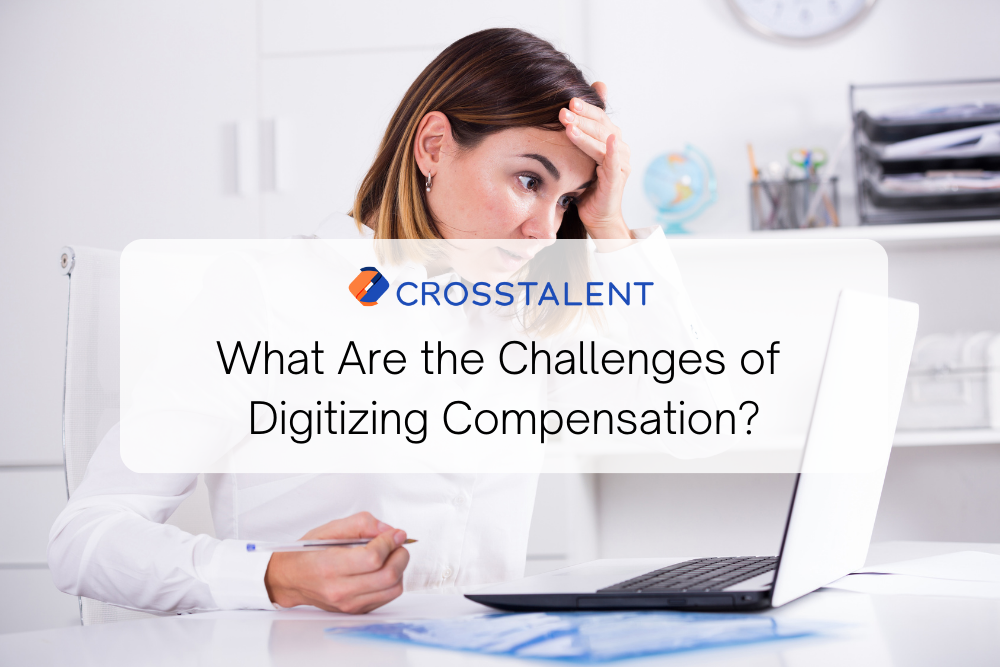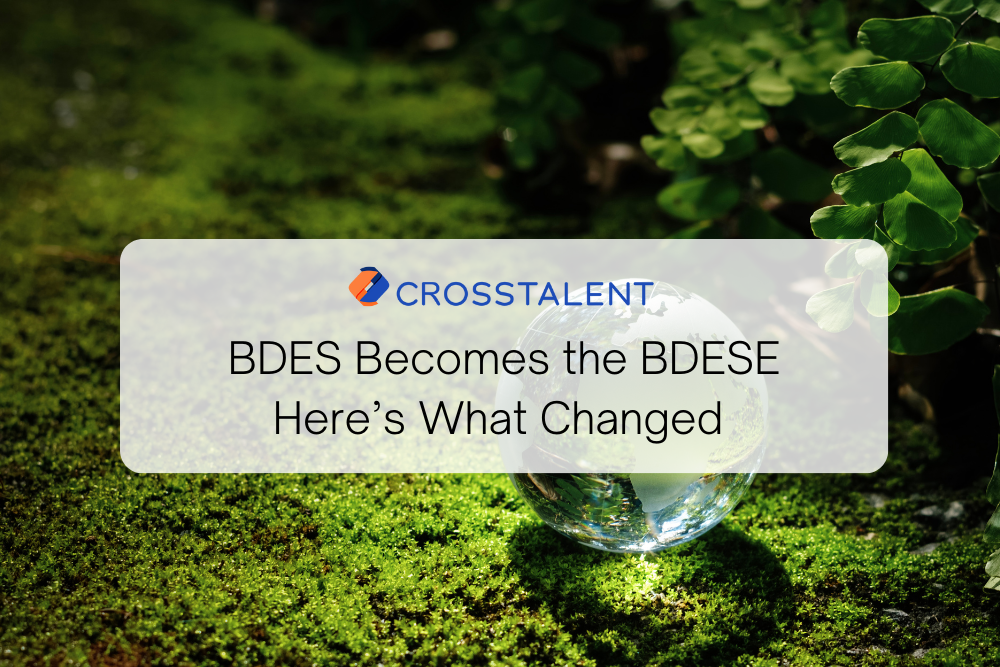SaaS-based software for human resources (HR) continues to grow within companies.
The desire to digitize business management tools, coupled with trends like telecommuting, cloud-based collaboration, and file sharing, has driven the need for cloud-based software to an all-time high. However, while these tools offer many advantages, integrating them and achieving seamless data sharing is sometimes difficult. Find out how integrating software in SaaS mode can improve performance and the quality of your work, especially in the HR domain.
What is HRIS SaaS Software Integration?
Software integration is the process of ensuring compatibility between two distinct software programs so that their data can be exchanged and shared in real time.
SaaS software integration acts like a communication bridge between two programs. It allows data from one program to be seamlessly connected with the other, eliminating the need for manual intervention. This two-way flow ensures data can be exchanged not only from the first program to the second but also vice versa.
To simplify how software integration works, see the following example.
Company X has several electronic time and attendance clocks that enable it to control employee access to its premises and monitor each employee’s hours worked. Until now, data extraction has been done manually via an Excel file, which has to be manually integrated with the monthly payroll data.
Company X now adopts time and attendance management software, but it isn’t integrated with its time and attendance software. The company then needs to acquire new time clocks (demanding a significant cost), or it can opt for software integration, allowing the time clock and time management software to connect and transfer data automatically.
How to Integrate HRIS SaaS Software
When it comes to interconnecting your software, there are several possibilities: creating a gateway via integration development, integration via an API, or web service.
While creating a gateway via integration development remains a reliable solution, it is costly and time-consuming. That’s why it’s preferable to connect your SaaS software via an API or web service. But what exactly is an API?
Integration via APIs
An API (Application Programming Interface) is an application developed to enable data exchange between two distinct software programs. Depending on a communication protocol (SOAP or REST), the API will retrieve data from each software application for further use.
Integration via web services
Unlike APIs, which need to be hosted by user software and/or publishing platforms, web services enable different software applications to communicate and exchange information via the Internet.
The web services operating mechanism is based on HTTP and XML. Thus, the software requesting information will request it in XML format, and the providing software will send the answers and information requested, usually in HTTP format, or in the same format as the request, i.e. XML.
What Are the Advantages of SaaS HRIS Software Integration?
The benefits of software solutions, especially HRIS (Human Resource Information System), are widely recognized. However, integrating these systems goes beyond simply adding more tools. It’s about amplifying those benefits and empowering HR managers and decision-makers to achieve their business goals. By integrating HRIS with other software, organizations can streamline processes, gain deeper insights into their workforce, and make data-driven decisions that drive success.
According to a study conducted by MARKESS on the occasion of the 2018 edition of Salon Solutions RH, the three main HR challenges for the coming years are:
- Automating HR processes
- Gaining in performance
- Offering quality HR services
Based on these, the main benefits of software integration can be explained as follows.
Reliable Single Database
Thanks to APIs or web services, software programs can use the same databases since these will be automatically translated to adapt to each other’s specific languages. Moreover, by limiting human intervention (manual data integration from one software to another), integration contributes to data security and reliability.
Simplified Procedures and Processes
By facilitating and simplifying data integration and processing, companies will automatically save time in their day-to-day management. In particular, many manual low-value-added tasks will be eliminated, freeing much time to do priority business needs and objectives, such as talent management and retention for HR departments.
Improved Employer Brand and Employee Experience
By improving communication between various software applications and the company’s different business lines and functions, the company will increase employee satisfaction and quality of work.
This improvement will automatically benefit its employer’s brand image since the best promoters of a company, both externally and internally, are and will remain its current and former employees.
Related:
Advantages of HRIS management software
How Crosstalent HRIS’s Payroll Software Integration Works?
For companies that adopt an HRIS system, payroll software is the main tool required for seamless integration.
The data exchanges mostly about:
- Administrative data
- Hierarchical and organizational reporting data
- Salary data (including pay slips)
- Health insurance data
- Variable pay elements
- Absence data and actual counters.
Here’s how Crosstalent approaches these problems.
Traditional payroll systems often struggle to communicate effectively with other software due to restrictive data models and limited file formats. This can create a data silo, hindering collaboration and hindering valuable insights.
Here at Crosstalent, we believe in fostering seamless connections. We offer a robust range of interface methods designed to adapt to various third-party solutions and cater to the specific needs of your business teams.
A key aspect of interfacing systems is clarifying which information needs to be synchronized. This can be visualized as a “parent-child” relationship, where one system acts as the source (“parent”) for specific data fields that flow to another system (“child”). Traditionally, defining this parent-child dynamic has been a complex task for HR professionals, forcing them to choose which application takes priority for certain functionalities.
Crosstalent Redefines Integration: No More Parent vs. Child
With Crosstalent’s payroll solution, we break free from these limitations. We don’t dictate a rigid parent-child structure. Instead, we empower you to configure the data flow based on your needs. This flexibility ensures your data flows smoothly and seamlessly between your payroll system and critical software.
An interface between systems is constantly evolving by its very nature. As software features, APIs, and business needs change, you need an adaptable solution. Crosstalent prioritizes robust monitoring to ensure accurate and automatic data transfers. We also go beyond basic functionality and anticipate potential updates, proactively safeguarding the integrity of your data exchange.
4 Modes of Integration Between Crosstalent and Third-Party Systems
1. Data Transfer by Flat File
This can be done manually by the administrator on request or automatically via a receive/send server. The pivot file used for data transfer is defined in advance to match the format the third party expects.
2. Web Services
Web services enable us to synchronize data on a point-to-point basis. Crosstalent recommends this secure method.
3. ESB or Enterprise Service Bus
These are platforms that natively embed the management of interactions between different systems. Mulesoft is one of the leading solutions on the market.
4. Crosstalent’s Smart Integration Connector
We develop our connectors based on web services available from our partners. The principle of a connector is that it embeds all the mapping of standard fields on one side and the other in the application. For example, the SILAE / CROSSTALENT Connector communicates seamlessly in both directions on all payroll / HR subjects.
Adopt an Integrated HRIS System for Seamless HR and Business Functions
Crosstalent is SaaS HRIS software offering various HR solutions, including recruitment, time and attendance, and remuneration functions. We designed the solutions on a building-block basis, enabling you to add new solutions gradually without breaking the system. Additionally, we’re also a Salesforce technology partner, empowering you to connect your Salesforce system to Crosstalent for broader and seamless data integration. Talk with our sales team today to learn more.




